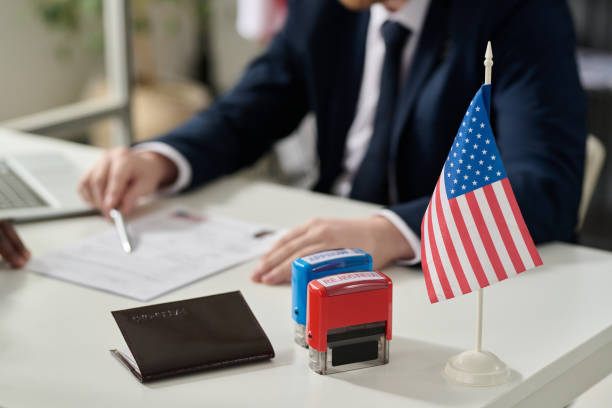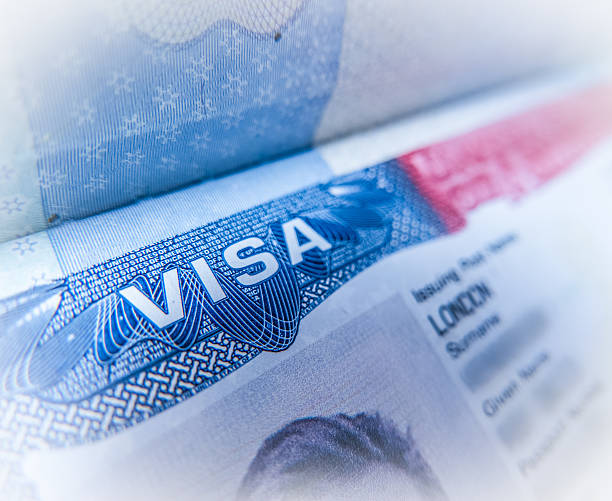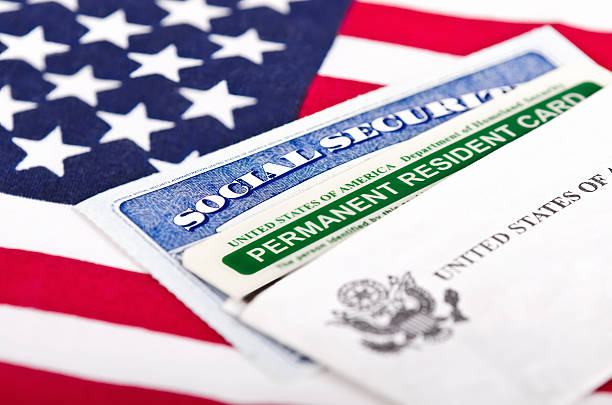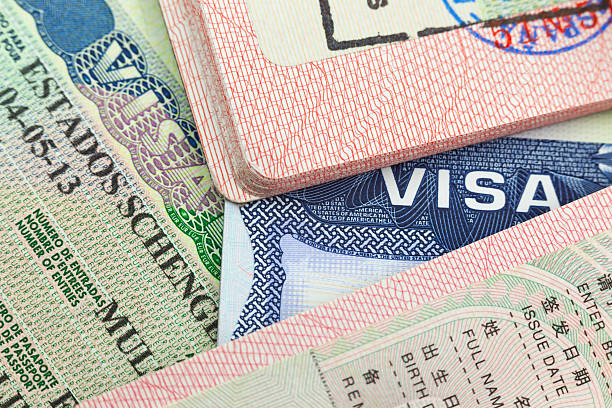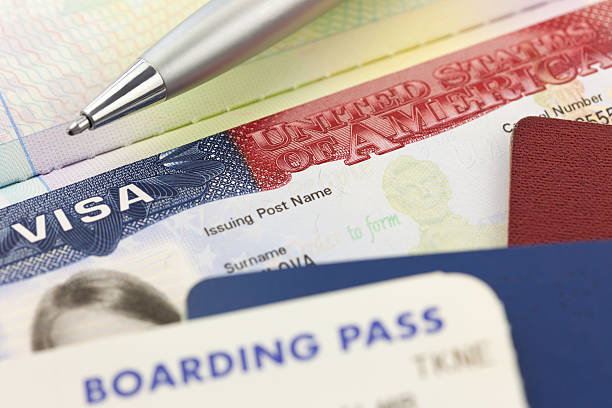
Understanding the H-1B Visa Process
Understanding the H-1B Visa Process
The H-1B visa is a non-immigrant visa that allows U.S. companies to employ foreign workers in specialty occupations that require theoretical or technical expertise. This visa is highly sought after due to the opportunities it provides for skilled professionals to work in the United States. In this guide, we will outline the H-1B visa process, including eligibility requirements, application steps, and key considerations.
Eligibility Requirements
To qualify for an H-1B visa, both the applicant and the sponsoring employer must meet certain criteria:
- Specialty Occupation: The job must require the application of specialized knowledge and a minimum of a bachelor's degree or its equivalent.
- Educational Requirements: The applicant must have at least a bachelor's degree in the specific field related to the job.
- Employer-Sponsored: A U.S. employer must sponsor the applicant and offer a job that meets the H-1B requirements.
H-1B Cap and Lottery System
Each fiscal year, the U.S. Citizenship and Immigration Services (USCIS) sets a cap on the number of H-1B visas issued. The regular cap is 65,000 visas, with an additional 20,000 visas available for applicants with a master's degree or higher from a U.S. institution. Due to high demand, a lottery system is used to select applicants randomly when the number of petitions exceeds the cap.
Step-by-Step H-1B Visa Application Process
1. Employer Registration
The first step is for the sponsoring employer to register with the USCIS during the designated registration period. This typically occurs in March.
2. Lottery Selection
If the number of registrations exceeds the annual cap, USCIS conducts a random lottery to select applicants. Employers are notified of the lottery results, and those selected can proceed with the petition process.
3. Labor Condition Application (LCA)
The employer must file an LCA with the Department of Labor (DOL) to attest that they will pay the prevailing wage for the position and that hiring the foreign worker will not negatively impact the working conditions of U.S. workers. The LCA is submitted electronically through the DOL's iCERT Portal System.
4. Filing Form I-129
Once the LCA is certified, the employer files Form I-129, Petition for a Nonimmigrant Worker, with the USCIS. This form must include the certified LCA, evidence of the applicant's qualifications, and details about the job position.
5. USCIS Processing
The USCIS reviews the petition and may request additional information or evidence. Processing times vary, but premium processing is available for an additional fee, which guarantees a decision within 15 calendar days.
6. Approval and Visa Stamping
If the petition is approved, the applicant may apply for an H-1B visa at a U.S. consulate or embassy in their home country. This involves completing Form DS-160, scheduling an interview, and providing necessary documentation, including the Form I-797 approval notice.
Key Considerations and Tips
- Timing: Begin the H-1B process as early as possible, as the cap fills quickly and the registration period is limited.
- Documentation: Ensure all documentation is complete and accurate to avoid delays or denials.
- Legal Assistance: Consider consulting an immigration attorney to navigate the complexities of the H-1B process.
- Change of Status: If you are already in the U.S. on a different visa, you may apply for a change of status to H-1B without leaving the country.
- Extension and Portability: H-1B visas are initially granted for up to three years and can be extended for a total of six years. H-1B visa holders can also change employers, provided the new employer files a new petition.
Conclusion
The H-1B visa process is a valuable pathway for skilled foreign workers to gain employment in the United States. Understanding the eligibility requirements, application steps, and key considerations can help applicants and employers navigate the process more effectively. By following the outlined steps and seeking appropriate guidance, you can increase your chances of successfully obtaining an H-1B visa and taking advantage of the opportunities it provides.






